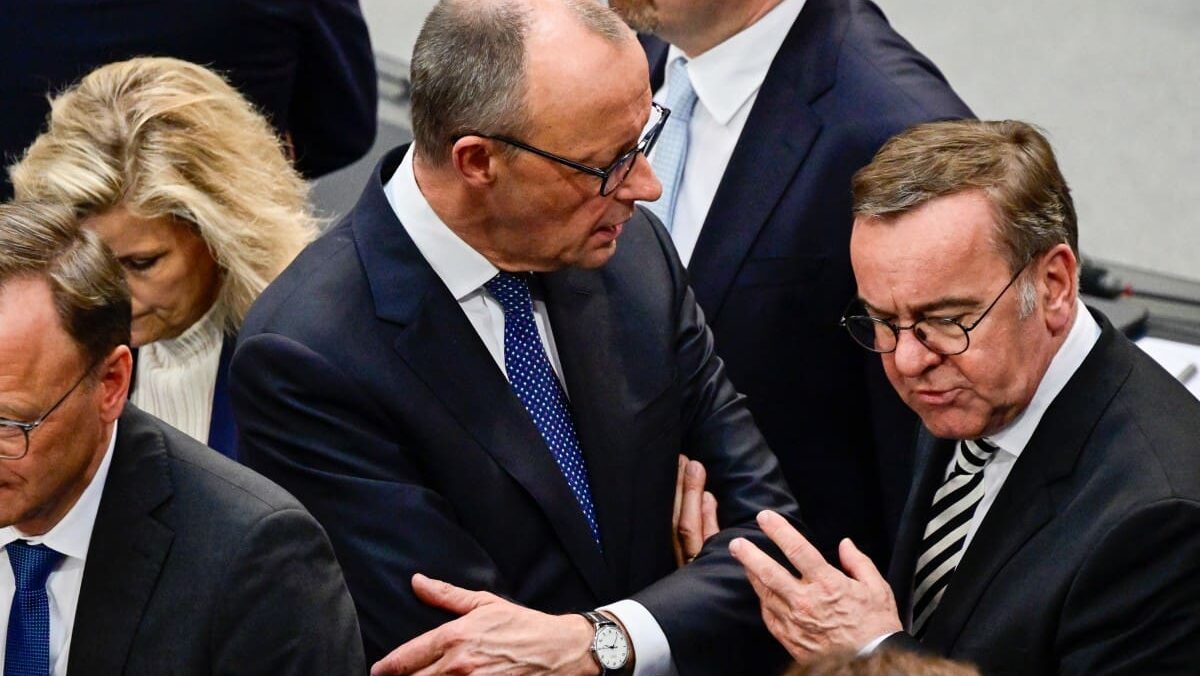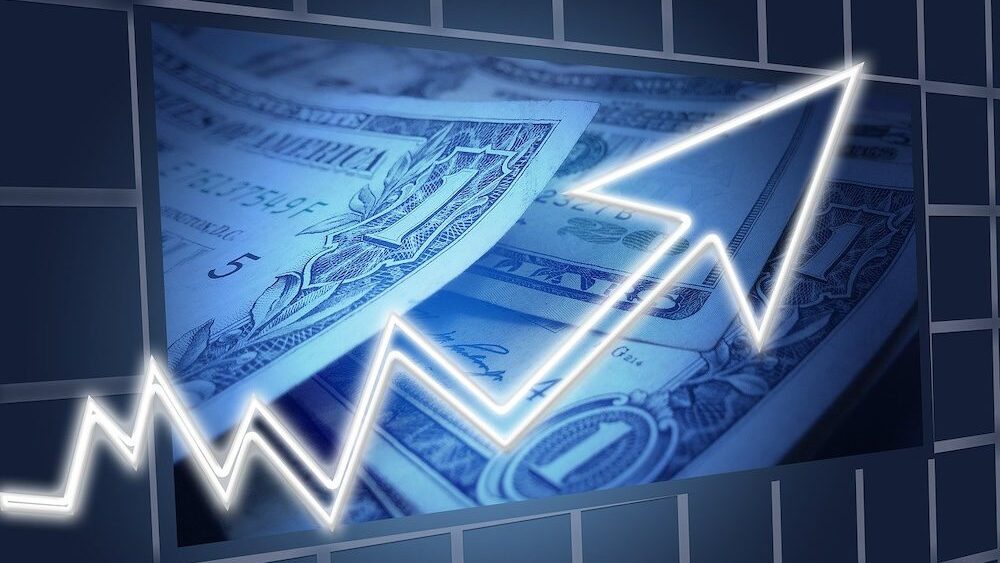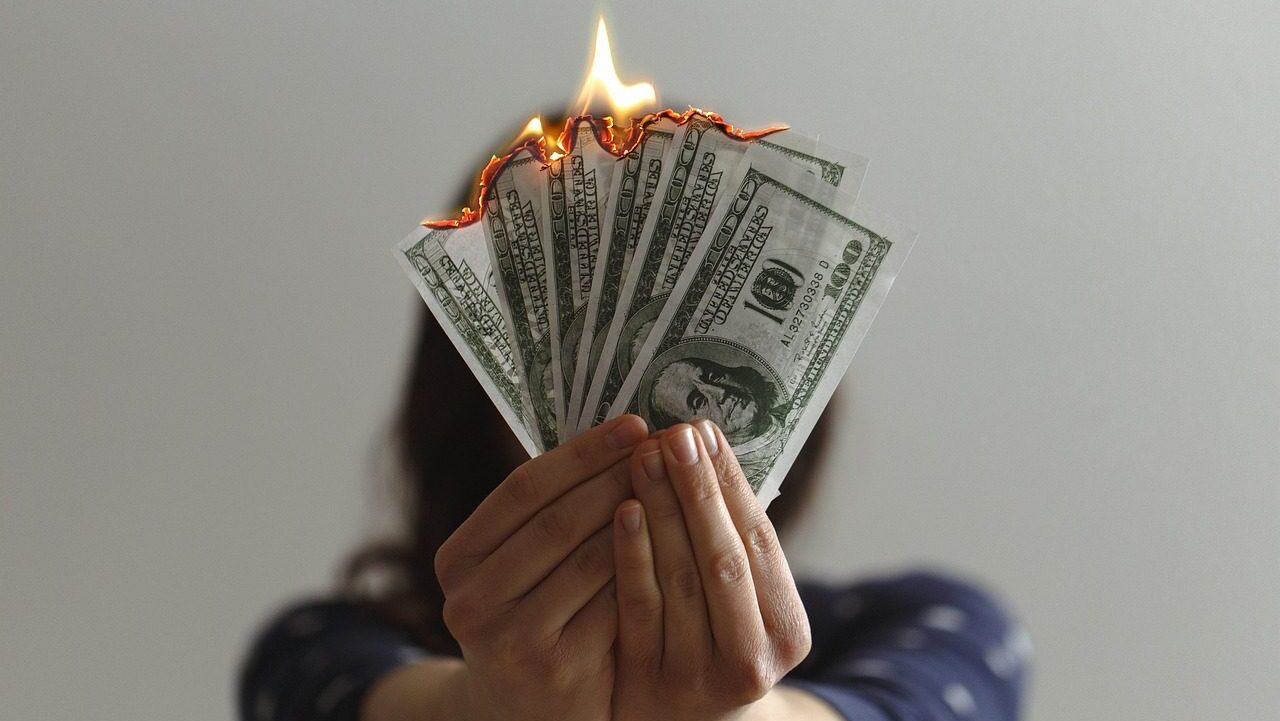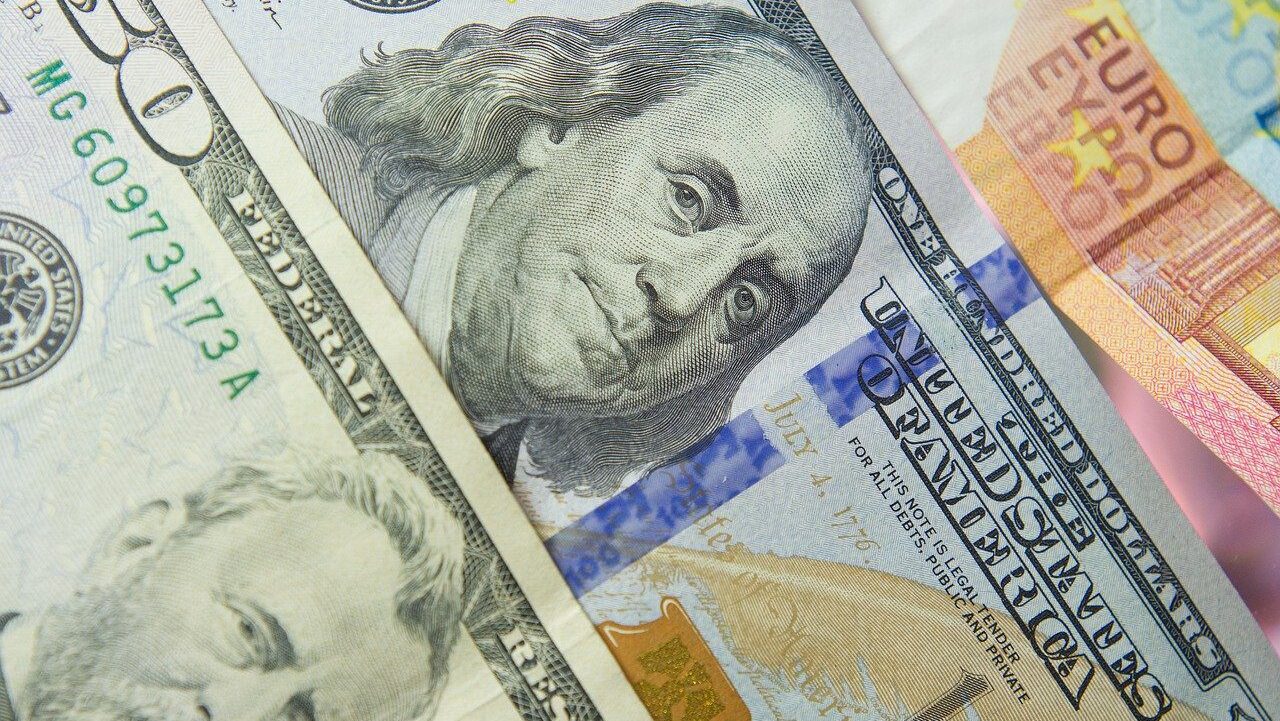
The Tariff Earthquake: How Trump Is Reshaping the Global Economy
The U.S. president is tackling an issue the nation has been kicking down the road since the end of the gold standard in 1971: the gaping chasm of fiscal disaster and trade deficits.

The U.S. president is tackling an issue the nation has been kicking down the road since the end of the gold standard in 1971: the gaping chasm of fiscal disaster and trade deficits.

As the EU’s benchmark borrower, Germany has dealt a blow to its bloc neighbours by massively upping spending on defence.

While President Macron is busy trying to cling to power, the ECB is helping France down the path of economic self-destruction.

The European Central Bank has cut interest rates again, and the Federal Reserve may follow. With inflation rising in both regions, these rate cuts must stop.

Less money is spent on forming Europe’s economic future, and the outlook is even worse.

A legitimate concern is that governments will go back to money printing as a way to fund their deficits. Central bank rate cuts encourage this.

Europe should expect a mix of positive and negative effects from a Trump presidency. With a little luck, the positive effects will outweigh the negative ones.

Interest rates continue to decline in Europe, but investors should be aware. The calm in the markets today could precipitate a storm tomorrow.

The ECB is on a mission to return the euro zone to low interest rates. For three reasons, I am stubbornly opposed to this.

Thanks to its masterful monetary policy, the Federal Reserve has given Congress a great window of opportunity to get its fiscal house in order.